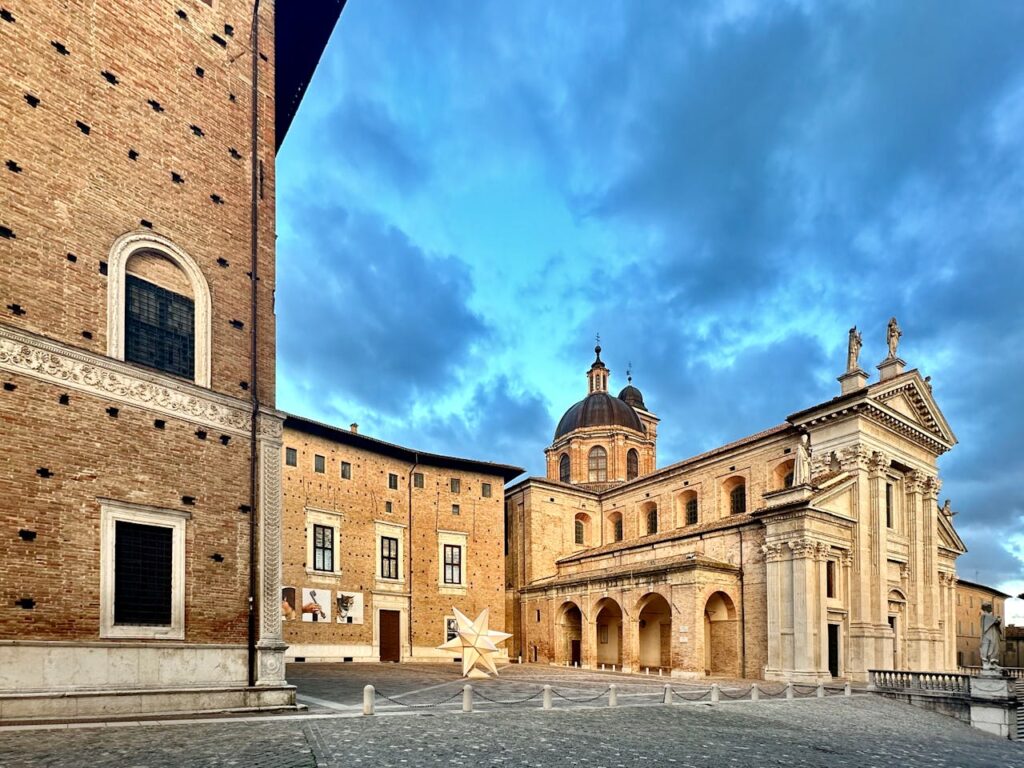Documentation
For many dual Italian citizenship applicants, the initial assumption is that the real challenge lies in gathering the required documents. It’s a logical thought. However, the real challenge isn’t just about collecting papers; It’s about knowing what to collect. Sure, ordering your birth certificate might be a breeze, but there are other hidden details to look out for while doing so. Want to hear what these might be?
Documentation For Italian Citizenship Via Consulate
To verify if a document is truly necessary for your application, the simplest route is to visit the consulate’s webpage and review their document checklist and instructions file. This ensures nothing vital is overlooked on your own checklist. Generally, required documents include:
- Birth certificates from the ‘Commune’ in Italy to confirm your Italian ancestors’ birthplace.
- Marriage certificates, obtainable from Italy or other countries where the marriage occurred, depending on your ancestors’ locations.
- Certified copies of death certificates for deceased Italian ancestors.
- Naturalization records if Italian passports and official resident cards are unavailable for your ancestors.
- Your own vital records such as birth, marriage, divorce, or name change (whichever is applicable), along with minor children’s birth certificates, if applying with you.
Now that everything is gathered, ensuring you have the correct document version also involves some tips and tricks:
- Always obtain certified copies of documents unless stated otherwise by the consulate itself.
- Opt for long-form documents whenever possible, as they provide more information which is advantageous in all cases without exception. If the vital records office of the state doesn’t issue long-format documents (in other words, if these do not exist) – short-form documents will suffice.
- Consult your citizenship specialist or online community if you notice discrepancies in listed names and dates that might require potential amendments. Just keep in mind that amending records sometimes may require court orders and extra waiting time.
And now, with the proper versions of certified copies in hand, with any necessary amendments made, you’re ready to proceed:
- Legalize each certified copy with an Apostille to confirm the authenticity of your collected pile.
- Find a certified translator to translate these legalized certified copies to Italian, as consulates typically mandate this.
- Also, consider consulates’ possible requests for getting those translations certified as well.
Sometimes, not all documents require certification, apostilles, or translations. This usually depends on the consulate, type of application, and whether it pertains to your direct Italian lineage or indirect family members.
And what about you? As an applicant, you are required to provide certain documents when applying for dual Italian citizenship. Here’s a breakdown of what you typically need to submit:
- Photocopy of your passport: You will need to provide a photocopy of your valid passport as proof of your identity and nationality.
- Consular forms: Consulates provide application forms or specific documents that you need to fill out and submit as part of your application. These forms may vary depending on the type of application and consulate requirements.
- Proof of residency: You will be required to provide proof of your residency, which could include documents such as utility bills, lease agreements, or other official documents that demonstrate your residential address.
- Payment of consular fees: A money order or cashier’s check payable to the consulate in question.
Documentation for Italian citizenship via court case

When it comes to collecting documentation for lawsuits versus consular applications, the process is quite like what was mentioned above. However, there is one key difference: while consular applications often involve gathering vital records for both your direct Italian lineage and indirect relatives (such as their spouses), lawsuit documentation focuses solely on your Italian line. This includes your Italian ancestors, their descendants in the direct lineage, all the way to your generation. Another significant difference is that while some consulates may or may not require certified translations, Italian courts always mandate certification for Italian translations. Last but not least, some consulates may require each applicant to have their own set of documentation. However, when applying for a court case, you can share the entire set of documents among as many applicants as wanted. The only requirement is that each applicant needs to provide their own personal vital records in addition to the collected ancestor set.
Let’s also mention the fact that you will (most likely) not be the one appearing before the judge in court. In fact, most of the citizenship hearings are not even conducted in person, but through written correspondence. This means you will need to find a professional representative to represent you during the hearing. Yet another reason to consider hiring an attorney is the simple fact that it may not be practical or feasible for you to travel to Italy solely for the hearing.
In such cases, along with mailing all your original documentation to your attorney, you will also need to sign a Power of Attorney (POA) Document, have it notarized, and send it to your attorney. If you are applying with family members, they will also need to sign the same document. However, in the case of minor children, as the parent, you will be the one signing the POA on their behalf.
Keep in mind that every application is unique, and the documentation requirements can vary depending on individual circumstances.
Timeline and Processing

Now that you’ve figured out what you need and how to acquire it, the lingering question is: when do you get it? While entire books could be dedicated to timelines and processing, we’ll provide you with a few key pointers. Nonetheless, it is crucial to stay updated with the latest information released by governmental bodies.
As you begin gathering the necessary documents for your dual Italian citizenship journey, brace yourself for a timeline that’s as unique as your fingerprint. With this process being exciting but unpredictable, expect to spend a few months rounding up all the vital records. What we want to say is that 90% of the time, this estimation depends solely on your specific case.
Depending on whether you are obtaining your records online, through mail, or in person – if you are getting them from different departments of health in different states or different clerk offices in different counties – checking out their own processing times is what sets your estimation numbers straight. Processing times vary widely among different departments of health and clerk’s offices. For instance, the California Department of Health usually takes about 8 to 10 weeks to process a certified copy request, whereas the New York State Department of Health might need up to 12 weeks. However, as we all know, reality doesn’t always match up with expectations, so it’s common for these records to arrive a bit later than planned. On average, it may take somewhere between 5-10 months to gather all the necessary certified copies. For example, using services such as VitalChek can expedite the process of obtaining your records, whereas mail-in orders might take a bit longer.
After obtaining certified copies, they need to be legalized with an apostille, which adds another month or two to the timeline. Translations of documents may also take additional weeks, depending on your translator and the arrangements made. Sometimes, the collection phase hits a wall—a missing document here, a court order or amendment there… This can stretch things out longer than expected, which is why having a savvy citizenship specialist in your corner can sometimes save the day or, better yet – a couple of months.
In conclusion – there are no specific rules for your collection timeline besides one: stay patient and keep going.
How Long Does It Take To Get Italian Citizenship Through The Consulate
Assuming you’ve already got your appointment booked and you’re ready to hand over that bundle of paperwork to the consular clerk, let’s dive into the legal processing times. Once you’ve aced your citizenship appointment, Italian consulates typically have up to 24 months to process an application for citizenship by descent. Nevertheless, it often takes less time than that. If they haven’t processed your application within this window, there are other legal routes you can explore – like that court case option we wrote about.
Once the Italian consulate recognizes you as an Italian citizen, you’ll receive official confirmation and get registered with AIRE (Registry of Italian Citizens Residing Abroad). Your collected documentation will be sent for registration to the municipality in Italy where your ancestor was born. This step usually takes somewhere between a few weeks and a couple of months, after which you’ll be eligible to apply for your Italian passport!
How Long Does It Take To Get Italian Citizenship Through The Courts

Once you’ve signed a Power of Attorney and sent all your documents to Italy, your attorney will file the lawsuit, and your case will be assigned to a judge who schedules your hearing. The waiting period can vary from a few months to up to a year, depending on factors like the judge’s availability. During the hearing, the judge will review your submitted documents and determine if anything else is needed. If the court rules in your favor, there’s a 60-day period if applying in Rome, or a 30-day period if applying elsewhere, during which the decision can be appealed, and you need to wait patiently.
However, there’s no need to worry during this time. Once the 60 days are over, you can request a certified copy of the final judgment and also ask for the return of your documents. With the judgment in hand, you can proceed to register with AIRE, completing the process of obtaining your Italian citizenship!
Consular Application Fees
As you already know, the standard processing fee at an Italian consulate is 300 euros, which can also be paid in USD. Until March 31, 2024, the fee stands at 322.10 USD, but it is subject to change based on the quarterly exchange rate.
You might be curious about whether there are additional fees associated with the application process. Well, if you are residing in Italy during this time, you may need to secure a residency permit (Permesso di Soggiorno). The cost of this permit varies based on the duration of your stay and specific details of your residency. Another fee to consider is for the creation and renewal of your Italian identification documents, such as your ID card and passport.
Do I Apply For Italian Citizenship Via the Consulate or Court Case?
While weighing the options between consulate and court case routes, the ultimate decision often boils down to your circumstances or personal preference. If you are still uncertain where to start, we advise you to give it another few clicks, fill out our eligibility check form, and have one of our citizenship specialists explain anything you wish to know. After all, while all roads lead to Rome, why not take the smoothest one?





